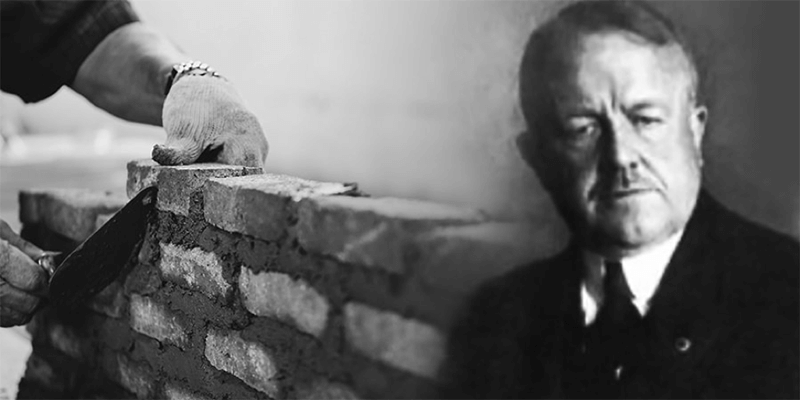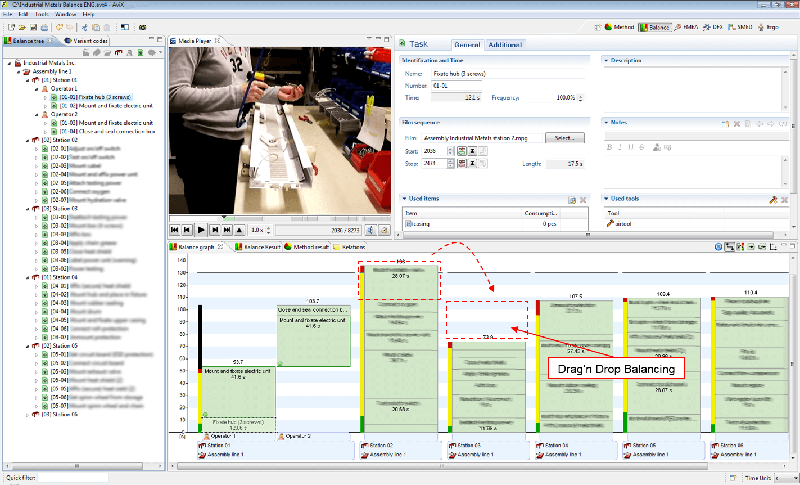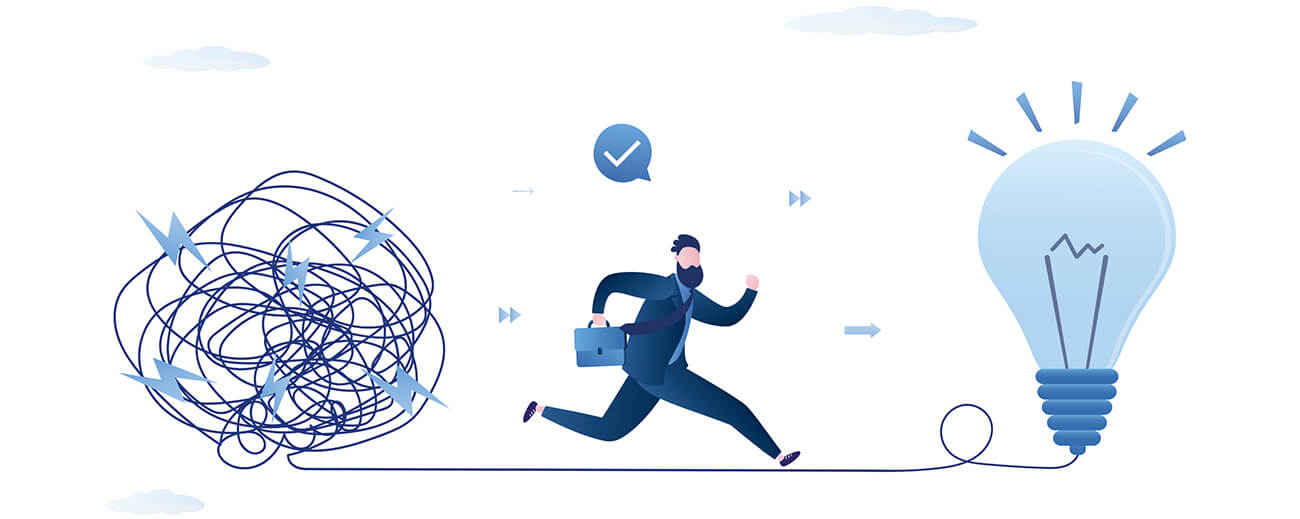Let’s start with a little history. Part of the scientific management movement in the early 1900s, time and motion studies have been an integral part of industrial engineering for over a century. The methods for optimising job tasks and eliminating non-value-added activity are embedded in all kinds of businesses today.
In their earliest motion studies, Frank and Lillian Gilbreth used a hand-cranked 35 mm camera to analyze how bricklayers worked. The film shows the masons stooping to pick up bricks and other wasted motions. The redesigned scaffolding and workflow reportedly reduced the bricklayers’ work motions from 18 to 5, eliminating unnecessary movement and strain, and doubling output from 175 to 350 bricks per hour.

This early example of using technology to make process improvements mirrors TBM’s pragmatic approach to the use of new digital manufacturing technology. Digital manufacturing is not just about large multidisciplinary projects requiring multimillion-dollar investments and a long-term ROI. Economical, targeted investments can help your people work faster and make better decisions and—this is important—have an immediate payoff.
Today there are countless solutions to digitize business and manufacturing processes. We have collaborated with many clients to build a digital technology roadmap, vet and select solutions, launch pilot projects and implement applications that make the most sense for their particular businesses.
Time and motion studies get a refresh
These days the video capabilities of any smart phone can capture every conceivable work process. Even with easy-to-use video-editing tools, optimising each motion and every job in a work cell or assembly line often becomes a long, laborious process with spreadsheets and post-it notes that would be readily recognizable to the Gilbreths a hundred years ago.
To speed up this process we have been working with AviX, a software tool developed by Solme AB, a Swedish company. Head- or body-mounted cameras record the work that operators do during manufacturing, assembly or machine changeovers. After loading the video files into AviX, engineers can parse, tag, edit and move tasks between different operators.
As we typically find, people are generally working as fast as they can but are still spending a lot of time standing around waiting or performing extra steps that undermine efficiency. The software helps engineers find the best balance by dragging and dropping tasks between positions. As they move them, it displays a running tally of the value-added and non-value-added work at each station.
When balancing a line, the goal is to not only improve efficiency but also make the work more comfortable and operator friendly. The software helps identify and track ergonomic issues. Reducing physical strains and strenuous activity can help manufacturers manage the current distancing requirements and employees’ health concerns.

Image Caption: When rebalancing and optimising a production line or work cell, value-added and non-value-added activity for each work station is instantly updated and displayed.
“It enables us to scroll through the work down to 1/100th of a second, capturing everything we often missed in our previous method of doing time and motion studies,” explained one of our clients using AviX when I asked him how it compared to what they had been doing. “There’s a chart for each job with all of the elements grouped into value-added and non-value-added bars. It weighs that out based on the takt time required, and the actual line efficiency to that takt time—all of those times combined—and how they match up to the available time.”

Of course, anything from outside the process that is causing issues—like extra cleaning work or setup adjustments—has to be addressed before implementing the redesigned workflow. The optimised process and video segments are used to generate new video-based or written standard work instructions. This eliminates another laborious and time-consuming step that can take improvement teams weeks to format and update. Displaying these instructions on screens in or near the work centers, and sharing them between locations, reduces training times.
Using digital technology to work smarter and better
This tool really lends itself to these pandemic times. Over the past 6 months we have been able to analyse processes, make suggestions and help implement improvements that improve productivity, all while limiting face-to-face interactions.
People doing this type of optimisation work on a daily basis will see the value immediately. Manufacturing business leaders just need to know that it can save a ton of time when for their CI team redesigning workflows.
This software application is just one example of how new digital technologies can help manufacturing operations continue to make their workflows more efficient and free up capacity no matter what the current situation may be. Contact us to discuss your specific needs for digital upgrades that are practical, affordable and able to deliver bottom line improvements quickly.





